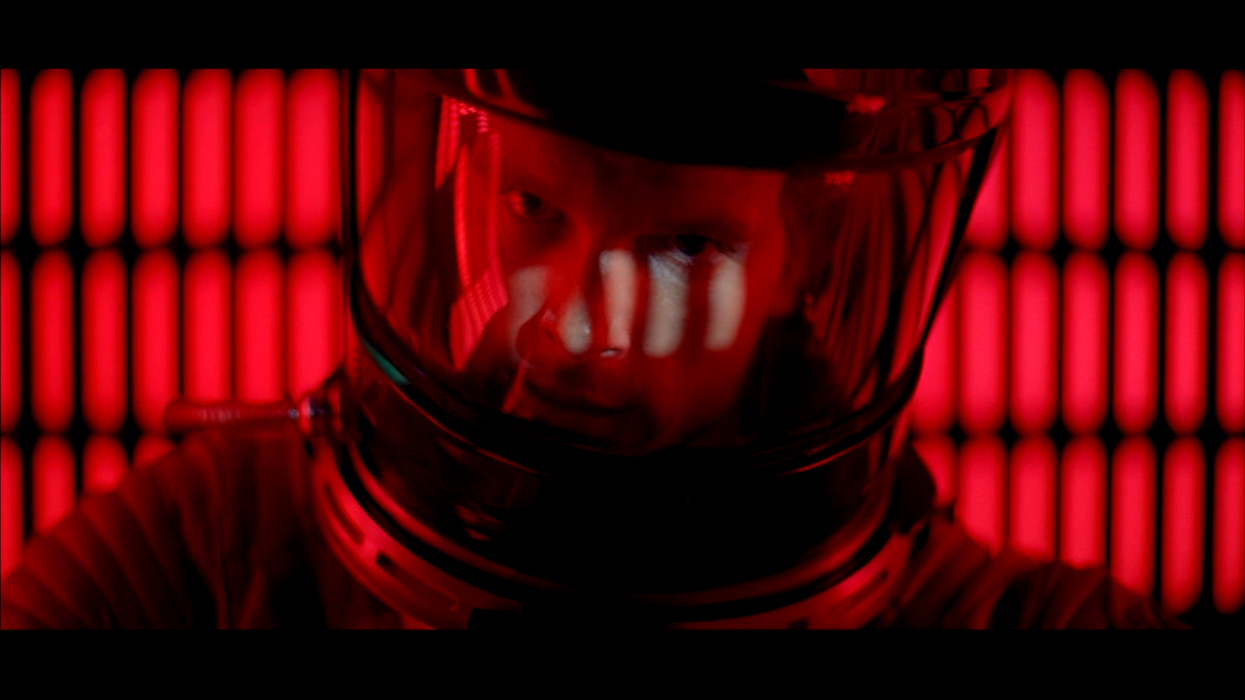How Stanley Kubrick Built Atmosphere with Diegetic Sound
One of the finest examples of diegetic sound we have to date.

With so many other revolutionary filmmaking techniques in his repertoire, it's not often we find ourselves focused on Stanley Kubrick's audio strategies. His favoritism of diegetic over non-diegetic sounds, however, was essential in building the atmosphere for nearly every one of his films.
Candice Drouet's 1.000.000 Frames series chronicles just that:
What is diegetic sound?
Sound for which the source is visible on screen or is implied to be present off screen by the action, including:
- Voices of characters
- Sounds made by objects in the story
- Music represented as coming from instruments in the story space
In other words, diegetic sound is actual sound, or any sound presented as originating from within the film's world.
In contrast, non-diegetic sound is:
Sound whose source is neither visible on the screen nor has been implied to be present in the action, including:
- Narrator's commentary
- Sound effects that are added for the dramatic effect
- "Mood" music
Non-diegetic sound is represented as coming from a source outside story space.
Obviously, Kubrick used each of these to great effect. It's impossible, for example, to think of large rotating space stations without hearing Strauss' Blue Danube Waltz tinkling away in the background. Then again, there are no diegetic sounds in space, and Kubrick knew that.
While we're on the topic of 2001, let's check out this video essay which claims Kubrick's expert use of diegetic sound in the 1968 sci-fi epic inspired catharsis in its audience— even more so than the film's stunning visuals:
Kubrick's focus on the ambient beeps and groans of United States Spacecraft Discovery One set up an atmosphere of isolation and dread. In the scene above, we are thrust into Dave's world as he begins to understand what HAL is capable of, and we do so thanks to the minimal diegetic sound. Boy, is it unsettling.
Diegetic sound wasn't Kubrick's only preference in sound design, of course. Check out our article on contrapuntal music for even more insight into building atmosphere by using your film's score to contradict its images.
Source: Really Dim











